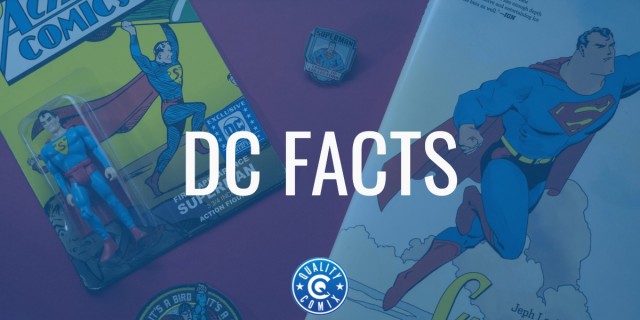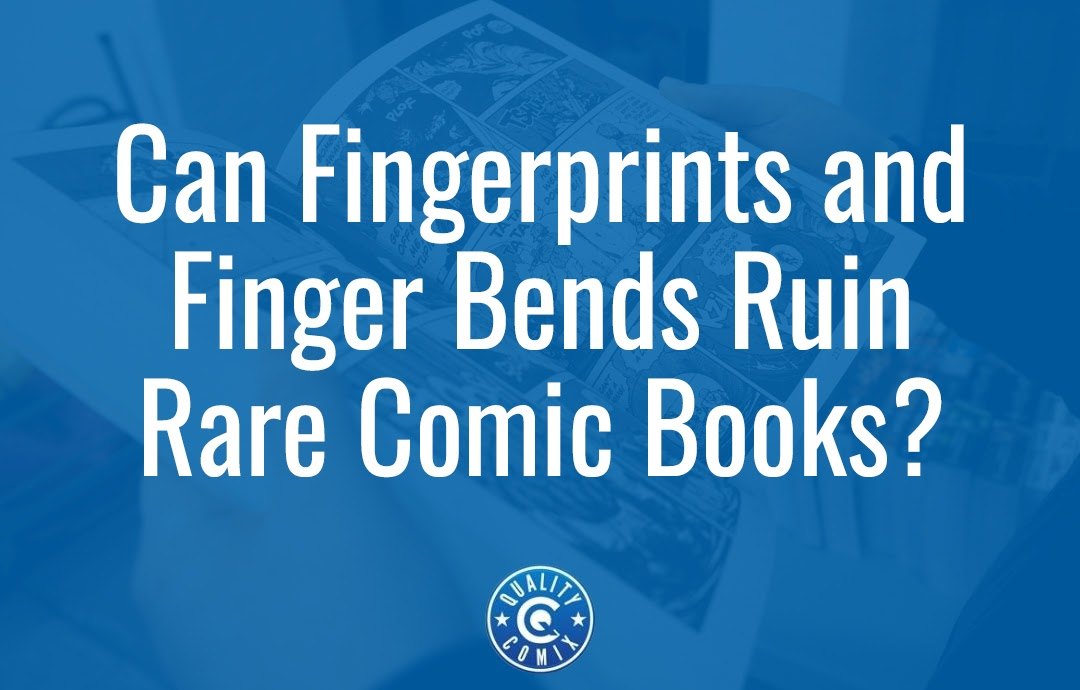
Rare comics are desirable because of their age, scarcity, and the value of the stories and characters within the pages. Many of the oldest comics are age-worn, degraded with time and with use or love, and are rarely going to grade in the 9s, so minor blemishes aren't a huge deal. More modern comics can easily land a 10.0 gem mint grade but aren't worth much of anything due to the lack of scarcity.
However, there's a range of comics in the middle ground. These comics are older – maybe 20 years old or so – so they haven't had time to be degraded with age. People knew more about comic collecting then, so they tended to be kept more in bags and boards rather than piles of books in an attic. In these cases, sending the books off to be graded might turn a $50 book into a $500 book with the right grade… but minor blemishes might degrade that 10.0 or 9.8 into a 9.6 or a 9.4, and that can be as much as a 50% difference in price. When you're operating in this price range, too, you have to account for the costs of shipping and grading, and that difference in grade can make or break the value of the books in question.
So, what kind of minor blemishes are we talking about, and is there anything you can do about it? Let's discuss the effects of fingerprints on the value of comics.
Table of Contents
Are Fingerprints a Problem in Rare Comics?
The short answer is yes. Fingerprints can be a huge problem in comics, and the rarer a comic is, the worse it is for you to leave a fingerprint on it.
But why, though? When you read a book, your fingerprints aren't leaving indelible marks on the pages. Why does it happen with comics?
This is actually a pretty interesting issue, and it ties back to how comics are made. Comics have long been printed on pretty cheap paper using whatever cheap inks were available. Unlike more traditional books, they weren't made to last. Even modern comics, which tend to be printed on better paper and using better ink, are more vulnerable than even something like magazines, let alone books.
The biggest culprit for more modern books is the glossy paper used on a comic's cover. The glossy paper makes the comic look bright and vibrant, but the ink used for printing on glossy paper doesn't actually hold onto that paper very well.
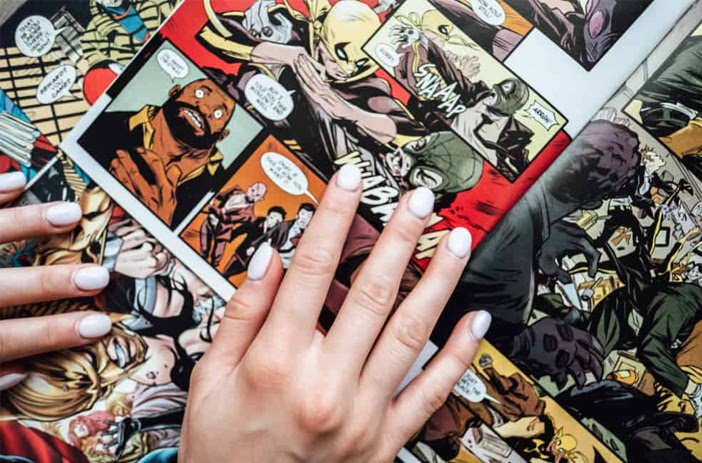
With older books, the issue is almost the opposite: the paper is more absorbent than most papers, so it can pick up things like oils and greases much more readily, leaving stains behind.
What does this have to do with fingerprints? Well, as living beings, we're not exactly clean and sanitized at all times. We people are gross apes, and our skin itself excretes oils pretty much all the time. These oils serve important biological functions, like keeping our skin from drying and cracking and causing infections. That's great for us, but it's pretty bad for when we need to touch things that are susceptible to those oils.
Going back to comics, the older books with absorbent paper will wick up those skin oils like nobody's business. They won't necessarily leave crisp images of fingerprints on the pages or even be visible right away. But those oily smudges will age differently from the rest of the pages, and over time, they can turn into blotches that are suspiciously shaped about the same size as a fingerprint would be, and once you know what to look for, it's pretty recognizable.
In modern books, the issue is much more immediate. The inks used in printing comics, especially covers, are oil-soluble, which means oil can dissolve them. Oils like the oil on your fingers when you touch them. Just handling a comic can leave fingerprints as the oils loosen and move the inks, leaving smudges, fingerprints, and other obvious damage. This Reddit post has a pretty clear example of how just touching a comic can leave indelible smudges behind.
Can You Remove Fingerprints from Comics?
Sort of, but oftentimes, not really.
The problem is, oily fingerprints can absorb into the paper and the ink, and once that happens, there's nothing you can do to clean them out.
Basically, it comes down to the kind of damage and the position of that damage, as well as how long it has been since the fingerprints were left on the pages. The older the fingerprint, the less likely it is you can do anything to fix it. If the fingerprint smudged the ink, you're wholly out of luck. It's not like you can repair the printing!
If the fingerprint is relatively new and on an otherwise plain white part of a page, though, there are some things you might be able to do.
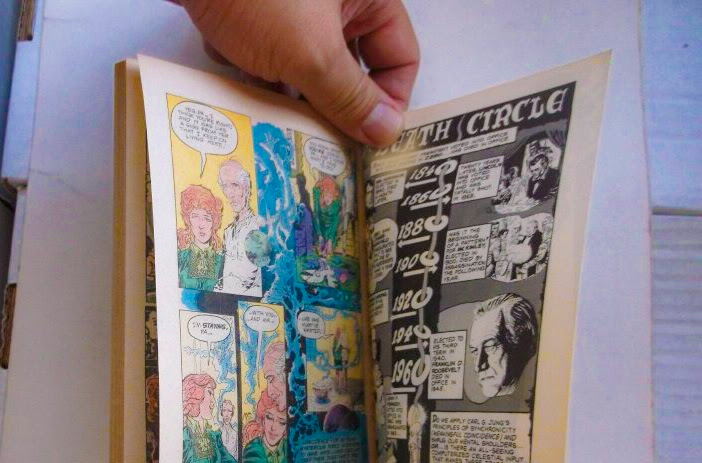
Warning: Don't attempt this yourself without plenty of practice, and definitely don't try it on a book you aren't willing to ruin. Cleaning comics is best left to professionals because a huge part of successful cleaning is knowing when to stop to avoid damaging the book even further.
Removing oily fingerprints comes down to lifting the oils off and lightening the stains they leave behind. You will almost never be able to fully remove fingerprints, but you may be able to lighten them up enough that they aren't noticeable at a glance, which means the impact they have on a grade is lower, and the grade is higher.
This thread details some interesting ways to try to absorb those oils. Videos like this one also demonstrate some options. Again, though, the name of the game is subtlety and care. The more aggressive your cleaning, the more likely you are to damage your comics.
What Are Finger Bends?
Fingerprints are a handling defect; it's something that occurs when you touch and handle comics, especially if you're the kind of person who has naturally greasy fingers or if you haven't washed your hands recently.
Finger bends are a little different.
You might be used to thinking of paper as a sort of static material. It can be torn, sure, or burned, or otherwise damaged, but when left alone or gently handled, a sheet of paper is a sheet of paper, right? As long as you aren't folding it and creasing it, you can't really damage it.
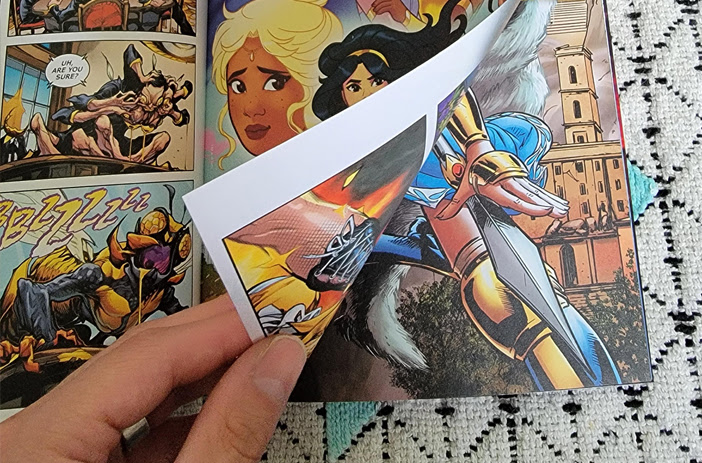
Except, that's not entirely true. The truth is that paper is just a bunch of fibers pressed together into thin sheets, and comics are some of the thinnest paper around. Just like any sheet made of fibers, handling can stretch, move, and damage those fibers. Just the act of holding and reading a comic can put pressure on that paper in specific places – where your fingers are holding it – and subtly stretch out the paper around those areas.
These are called finger bends. They're often difficult to see unless you shine a light on the comic at the right angle, but once you do, they're unmistakable. You can see a good example in the pictures in this thread.
Are finger bends a problem in your comics, and can you fix them?
Are Finger Bends a Problem?
The answer here depends on the context.
If you're dealing with an old Golden Age comic and the grade you're expecting to get from it is somewhere in the 7s or 8s, then no, finger bends are pretty unlikely to be a problem. There are bigger issues with a comic at that point, and minor, granular issues like finger bends are the least of your worries.
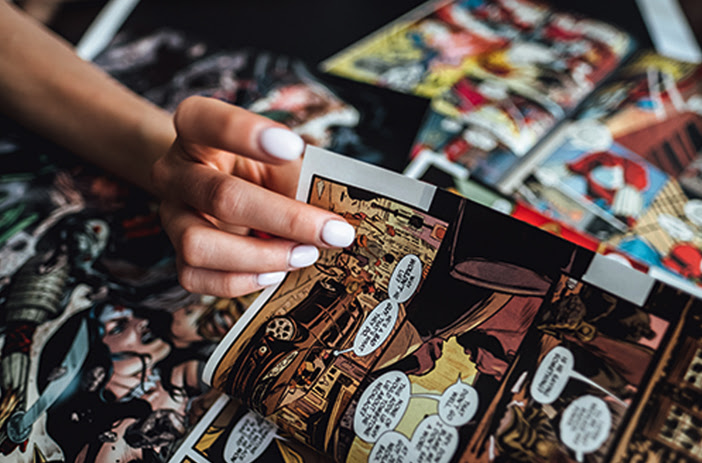
If you're dealing with a modern comic and you're evaluating the defects across it, then finger bends can matter. Reportedly, CGC doesn't pay attention to finger bends on anything under a 9.4 grade because, at that point, there are bigger defects to worry about. For 9.6 or 9.8, finger bends can be the difference between the two, and finger bends will definitely disqualify the book from receiving a 10.0.
Basically, finger bends are an issue if you're looking for a very high or even perfect grade, but anything below that is so minor as to be ignorable.
Can Finger Bends be Fixed?
Unlike fingerprints, which are difficult or even impossible to remove in most cases, finger bends are "easier" to remove. Like other folds and minor bends, finger bends can be reduced or flattened out through pressing.
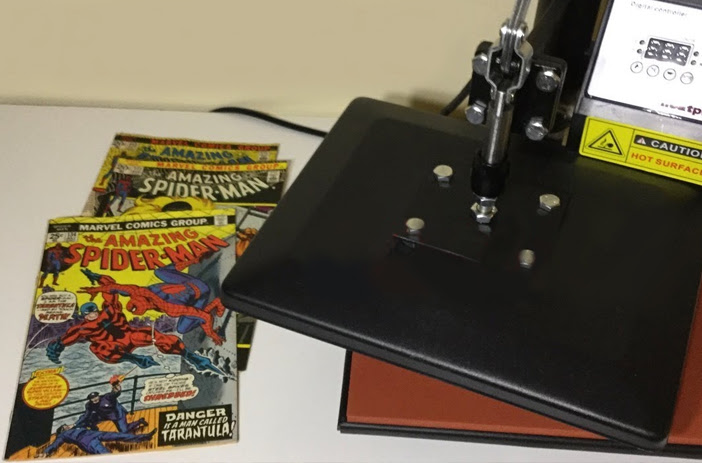
The process of pressing is interesting. We've written about it in detail here, if you want a deeper overview. The basic idea is that you use carefully-controlled humidity to soften up the pages of a comic, and then broad, flat weight to press the paper flat. When done right, it can flatten and remove dings and blemishes like finger bends, making them much smaller or even removing them entirely.
Of course, done wrong, you can end up with problems that are exacerbated, ink that ends up shifted or cracked, or even water damage, which is why this is also best left to professionals. CGC offers pressing and cleaning services when you send books to be graded, so it's at least convenient.
Unexpected Fingerprints and Finger Bends After Grading
One item worth mentioning here is that there was a time, a few years ago, when people were noticing a lot of lower-than-expected grades, and the issues were largely traced to finger bends and fingerprints, often in the same areas of books. Bends and prints that didn't exist when the book was sent off for grading.
The likely explanation was that, during the comic book in the post-Covid comics boom, CGC needed to dramatically increase the number of people they had grading books to keep up with demand. They did so, but during the process, some elements of quality control slipped, and the people responsible for grading were effectively damaging books as they handled them for evaluation purposes. These minor bends and fingerprints weren't hugely noticeable most of the time, but from time to time, they made a difference in grade, and with the sheer volume of comics CGC was processing, it ended up mattering often enough that it needed investigation.

It's unclear whether or not we were ever told the truth of the matter or if there was ever recompense for the damage done to books, but it at least seems to be a matter of the past and not something you need to worry about today.
The Great Gloves Debate
If touching comics is risky due to oils and bending, why not protect your comics by wearing gloves?
This is a huge debate. Some people swear by gloves. Others – including historical conservationists working with centuries-old books – will tell you that gloves are way worse for old paper than your fingers.
This video goes over the use of gloves – or not – in handling and conservation of old artifacts. The general verdict is that gloves, while able to protect a book or other item from finger oils, reduce your sense of touch and can change the physics of your grip and friction, which can cause worse damage. Now, the object of conservation and the object of comics collecting are slightly different, and minor blemishes like fingerprints are worse in comics, but it's still a lot better to leave a fingerprint than it is to tear a page.
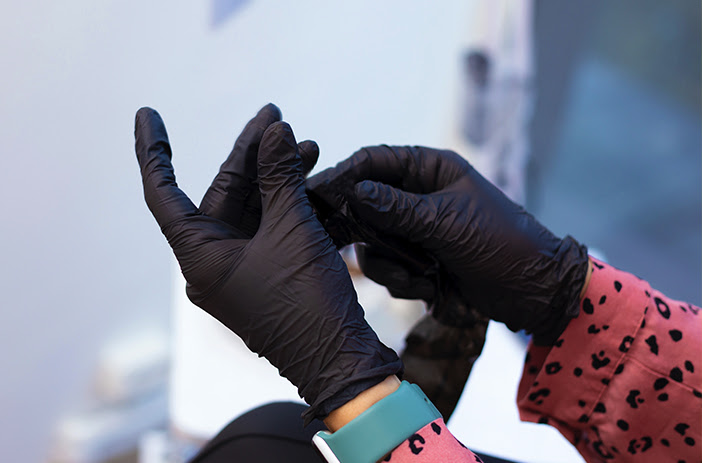
Truthfully, the best option is to simply thoroughly wash and dry your hands before any occasion where you need to handle rare or valuable comics and treat them carefully. You can't fully prevent entropy, but you can at least give it due consideration.
And hey, if you have any rare comics, with or without fingerprints or finger bends, why not see what they're worth with a free appraisal? As the leading dealer in valuable comic books, our quotes are completely free, with no obligation, and easy to access. Just send us a description and maybe some photos through our form here, and we'll send you back our evaluation as soon as we can. You might be surprised!


